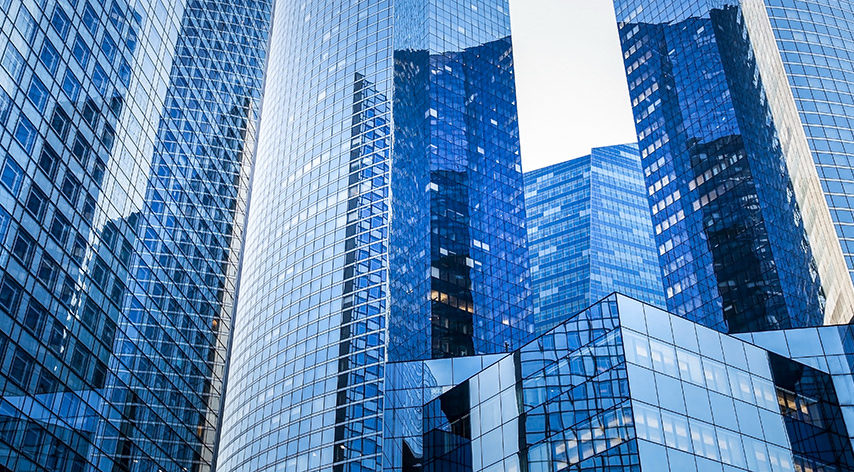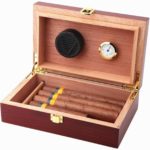There are four types of architectural glass commonly used in architecture. These are annealed, heat-strengthened, tempered, and laminated glass.
Architectural glass is used in buildings to glaze walls, envelop windows or act as transparent external walls. Architectural glass can also be used for partitions and other interior design features.
Read on to find out how the four different types of architectural glass differ from one another.
1. Annealed Glass
This type of glass is made by allowing molten glass to slowly cool down using a controlled technique — until the glass reaches room temperature. Annealing glass makes it softer as the gentler settling method removes internal stress from the glass. Quality annealed glass is resistant to cracks and impact and often used for tabletops, furniture doors and even windows. It should be cheaper than the other types of architectural glass, as it is usually the base material from which the more advanced types are made.
2. Heat-strengthened Glass
Heat-strengthened glass is a type of further heated annealed glass that is technically semi-tempered or lightly toughened. This type of glass is heated past 600 degree celsius, well past its softening point, and cooled down much faster than annealed glass.
The heating process itself strengthens the glass and increases its thermal and mechanical durability, making it twice as tough as the base material.
The heat-strengthened glass will not shatter like annealed glass and instead break into more giant shards that are easier to clean and dispose of. It is also more likely to resist breaking from excessive heat.
Heat-strengthened glass is intended for windows and building facades but not considered strong enough for support beams and flooring.
3. Tempered Glass
Tempered glass is considered the most popular and most used type among the four kinds of architectural glass. Just like heat-strengthened glass, its base material is annealed glass heated up to 700-degrees celsius. The difference is that tempered glass is cooled with a sudden, high-pressure blast of cool air in a process called ‘quenching’ to strengthen the glass’s exterior surfaces. This process creates a difference in tension between the centre of the glass and its outer surfaces, creating a material five times stronger than untreated glass. Tempered glass is more likely to crack than shatter on impact and is often used in electronic devices and eyewear.
4. Laminated Glass
Laminated glass is reinforced with Polyvinyl butyral, or PVB. PVB is a strong resin placed between double sheets of toughened glass to create the most durable type of architectural glass, most recommended by architects and contractors for glass railings, floors, roofing, and walls. Laminated glass has many advantages, and using it can ensure the security, safety, and structural integrity of your buildings. Laminated glass is considered a safety glass type because it does not shatter on impact and should be very resistant to heat and breakage from penetration.
The lamination prevents both sheets of glasses from breaking. Instead, only the surface that absorbs the impact will break, providing the person or objects on the other side an extra layer of protection.
Final Thoughts
After this post, the reader should realize that not all glass is created equal, especially in architecture. Consumers must be careful to choose the best glass that is recommended for their construction requirements to ensure the building’s occupants’ safety and structural integrity.





